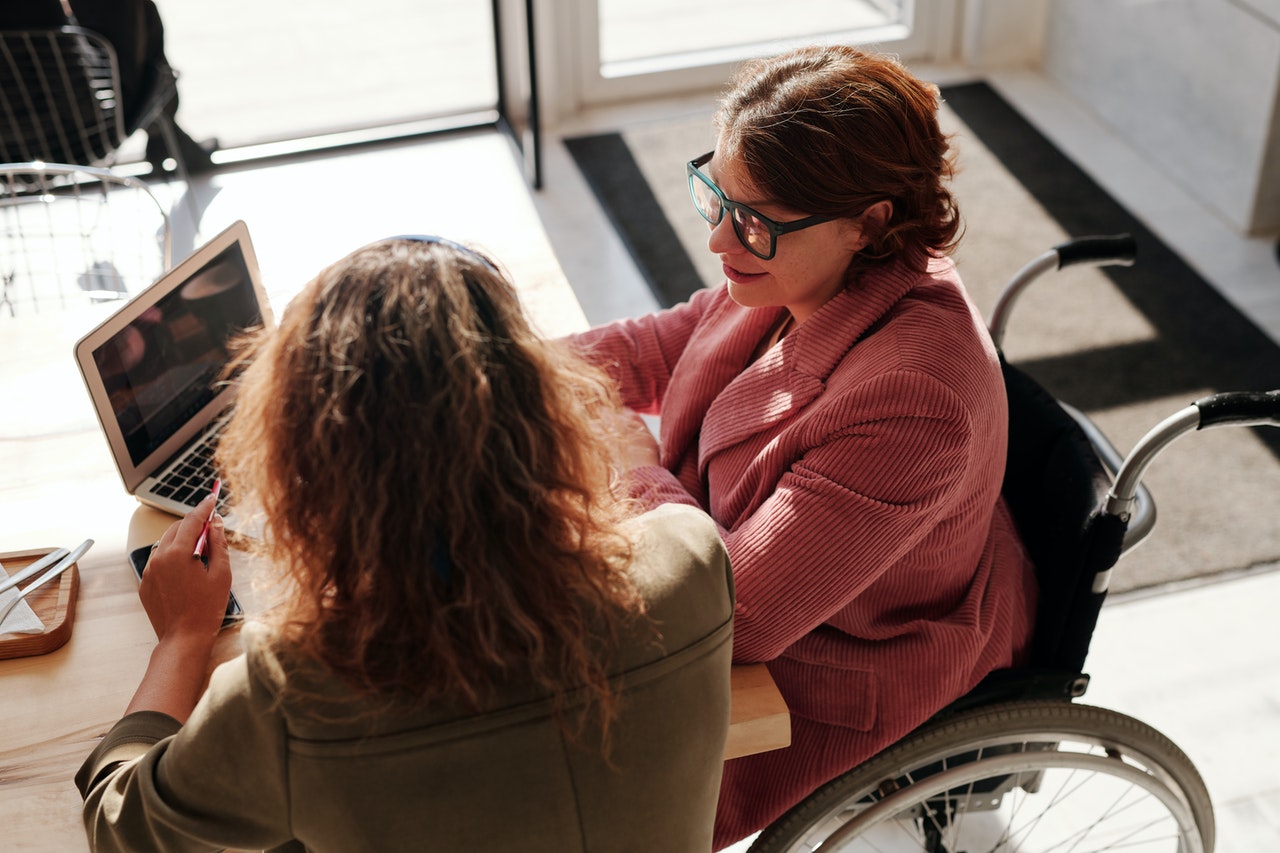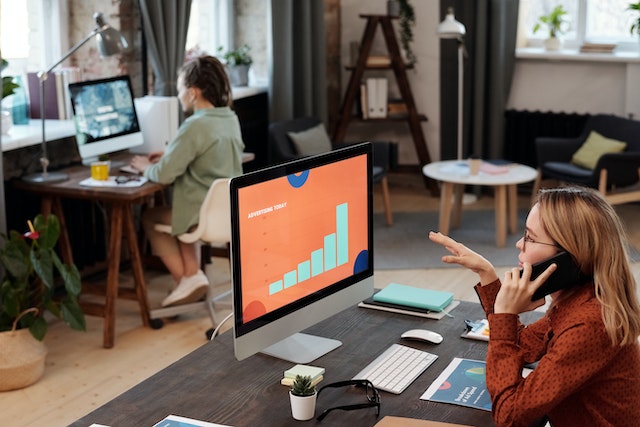Accessibility is essential in many aspects of life. It’s important to find a place to live; it’s vital to get a job, and even more importantly, accessibility is key for the disabled community.
The disabled community has been fighting long and hard for equal rights and access to all areas of society. This article will explore the importance of accessible design features that make your website “No Restrictions, No Matter What.”
Business Premises
When it comes to disabled accessibility, there should be no restrictions whatsoever. This means that businesses and other organizations need to make sure that their premises are fully accessible for those who may have a disability of some kind. It doesn’t matter what the nature of the disability is – if someone needs assistance to access your services or products, you need to provide that assistance.
Mobility
Being mobile is a massive issue for many disabled people, so the Mobability Scheme is so important. Mobility Cars from Holden Group off this scheme provide wheelchair users and other disabled drivers with an affordable way to lease a new car every three years. The vehicles are fitted with unique adaptations that make them easy to use, such as hand controls for the steering wheel and automatic opening and closing of the door.
Communication
People with disabilities should not be limited in any way when it comes to communication. They should have access to all forms of communication, no matter their restrictions. Whether a person with hearing loss and needs sign language or someone with low vision that can’t read ordinary print, everyone should be given the same opportunities to communicate with others.
This can be done by providing people with disabilities access to communication tools such as speech-to-text programs, braille computers, printers, large print letters for signs, etc. This will give everyone else the same opportunities to communicate and receive information from others.
Technology
One of the most critical advancements in disabled accessibility has been the introduction of assistive technology. This is a wide range of devices and software that help people with disabilities to do things that they may not be able to do on their own. For example, someone who is blind may use screen readers to read aloud what’s on the screen, or someone with a physical disability may use a wheelchair fitted with sensors to help them move around.
There are many different types of assistive technology, and each one can be tailored to meet the individual user’s needs. This means that there is no limit to what people with disabilities can do – they can access the same technology as everyone else and use it to their advantage.
These simple changes will allow people with disabilities to have access, just like everyone else. There are no restrictions on what disabled people can do. They can achieve anything they set their minds to, just like everyone else. We should all remember this, especially when it comes to accessibility.
Disabled people often face barriers that prevent them from fully participating in society. These barriers can be physical, social, or economic. But with the help of accessible design and accommodations, disabled people can overcome these barriers and lead whole and productive lives.





 Em Português
Em Português En Español
En Español